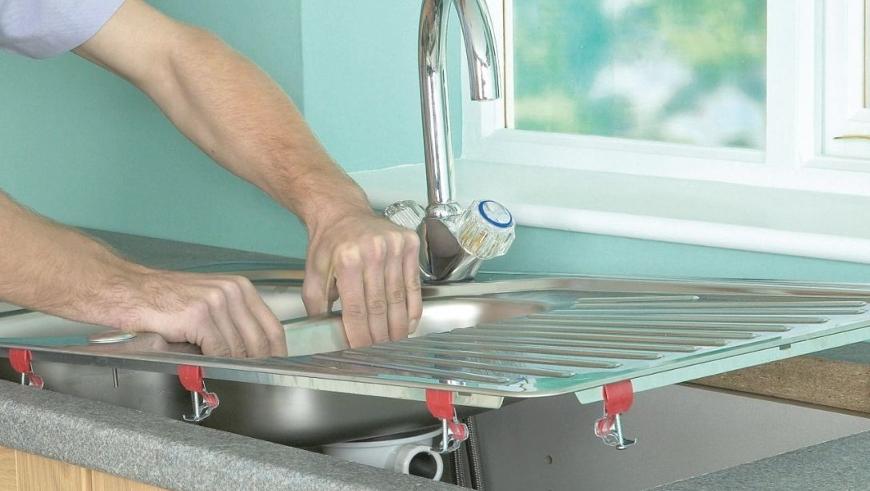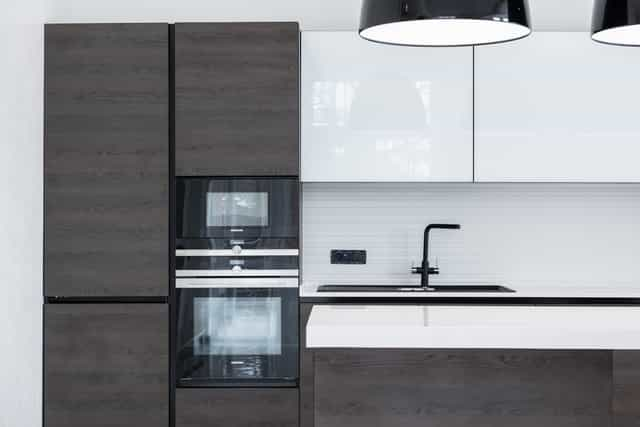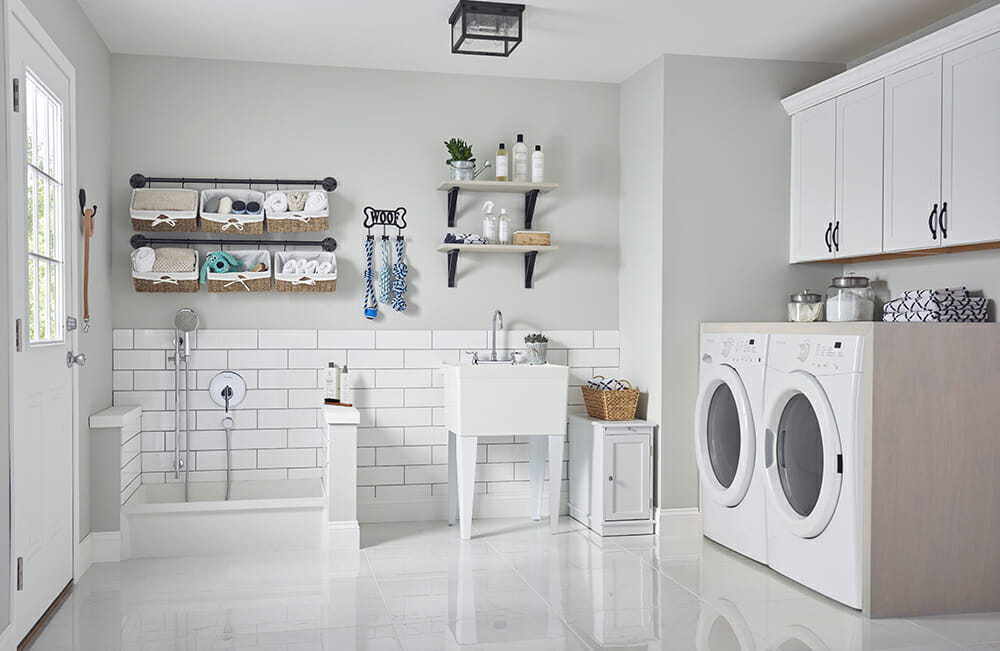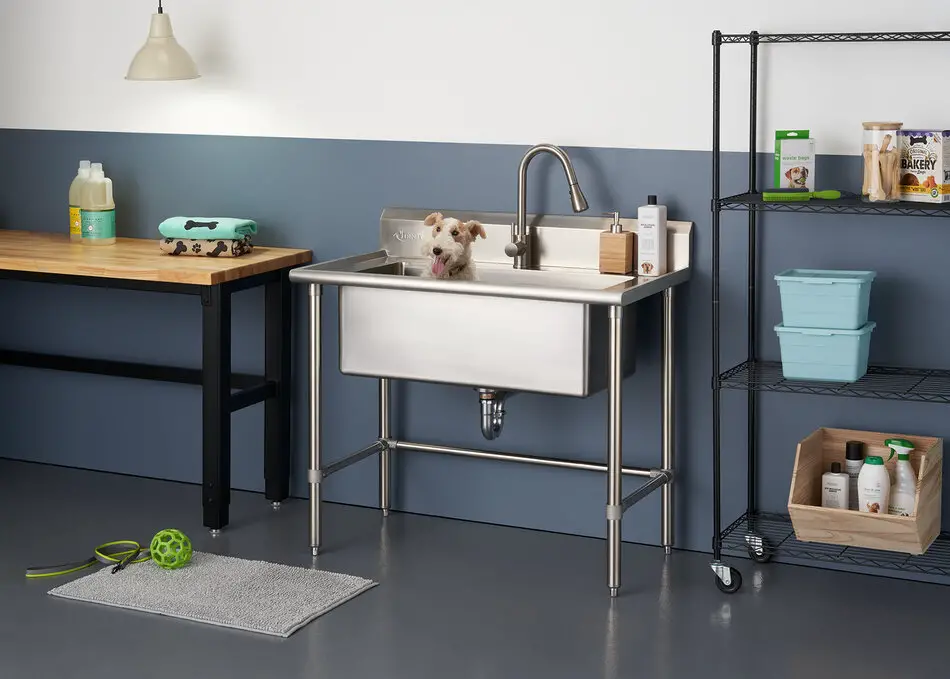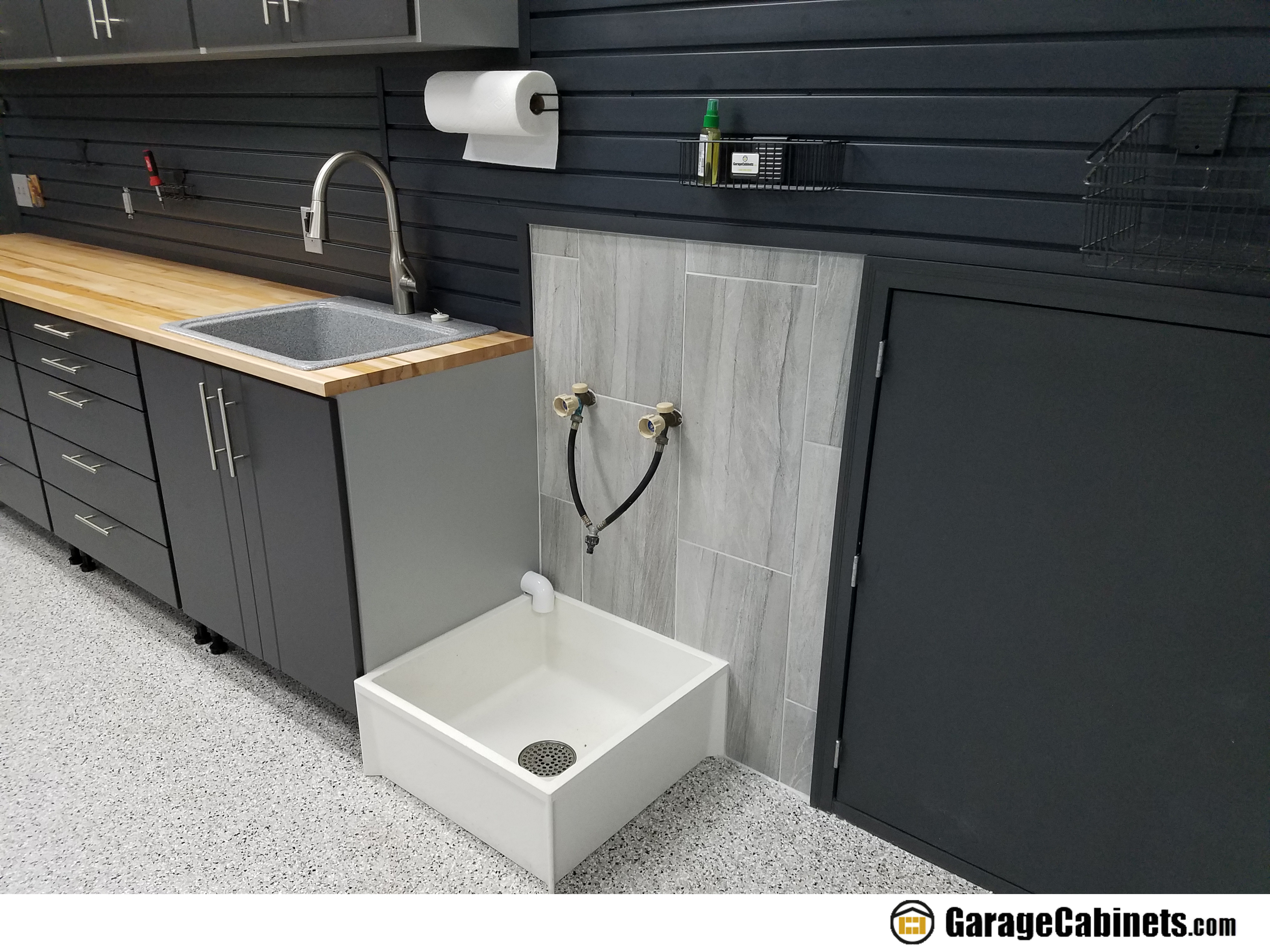If you're in the market for a new sink, you may have come across the terms "utility sink" and "kitchen sink." While both serve important functions in a home, they have distinct differences that make them suitable for different purposes. In this article, we'll break down the key differences between utility sinks and kitchen sinks to help you make an informed decision on which one is right for your needs.Utility Sink vs Kitchen Sink: What's the Difference?
The first thing to consider when choosing between a utility sink and a kitchen sink is your specific needs and how you plan to use the sink. A utility sink, also known as a laundry sink or mop sink, is designed for heavy-duty tasks such as washing large items or cleaning tools. On the other hand, a kitchen sink is primarily used for washing dishes and food preparation. So, if you need a sink for heavy-duty tasks, a utility sink may be the better option for you.Utility Sink vs Kitchen Sink: Which One is Right for You?
Both utility sinks and kitchen sinks have their own set of pros and cons. Let's start with utility sinks. One of the main advantages of a utility sink is its size. These sinks are typically larger and deeper than kitchen sinks, making them perfect for soaking and washing large items. They also have a larger drain, which allows for faster drainage. However, the downside of a utility sink is that it may take up more space in your laundry room or garage. In comparison, kitchen sinks are more versatile and can be used for a variety of tasks. They come in different sizes and designs, including single bowl, double bowl, and farmhouse style. Kitchen sinks also come with various faucet options, such as pull-down and pull-out sprayers, making them suitable for different cooking and cleaning needs. However, their smaller size may not be ideal for heavy-duty tasks and may require more frequent emptying of the drain.Utility Sink vs Kitchen Sink: Pros and Cons
As mentioned earlier, utility sinks are designed for heavy-duty tasks, such as washing large items, cleaning tools, and even bathing pets. They are also commonly used in laundry rooms for soaking and pre-treating clothes. On the other hand, kitchen sinks are used for daily tasks like washing dishes, preparing food, and filling up pots and pans for cooking. They can also be used for hand-washing delicate items that may not fit in a dishwasher.Utility Sink vs Kitchen Sink: Comparison and Uses
When it comes to size and design, utility sinks and kitchen sinks have notable differences. Utility sinks are typically larger and deeper, with a more utilitarian design. They often have a single large basin with a high backsplash and a built-in drainboard. Kitchen sinks, on the other hand, come in a variety of sizes and designs to fit different kitchen layouts and styles. They can have a single or double basin, with or without a drainboard, and can be top-mount or undermount.Utility Sink vs Kitchen Sink: Size and Design Differences
Both utility sinks and kitchen sinks come in a variety of materials, each with its own level of durability. Utility sinks are often made from heavy-duty materials like stainless steel or cast iron, which can withstand heavy use and resist scratches and stains. Kitchen sinks can also be made from these materials, but they are also available in more decorative options like fireclay, granite, and porcelain. While these materials may not be as durable as stainless steel or cast iron, they can add a touch of style to your kitchen.Utility Sink vs Kitchen Sink: Material and Durability Comparison
When it comes to installation, utility sinks and kitchen sinks require different methods. Utility sinks are typically installed as a standalone unit, with a drainpipe and faucet attached. They can also be wall-mounted for added stability. Kitchen sinks, on the other hand, are usually installed with a countertop and cabinetry. They require more planning and may involve hiring a professional for installation. In terms of maintenance, utility sinks are relatively easy to clean and maintain. They are designed for heavy use and can handle abrasive cleaning products. However, kitchen sinks may require more gentle care, especially if they are made from more delicate materials. Harsh chemicals and abrasive sponges can damage the surface of a kitchen sink, so it's important to use mild cleaners and soft cloths when cleaning.Utility Sink vs Kitchen Sink: Installation and Maintenance
When it comes to cost, utility sinks are generally more affordable than kitchen sinks. This is because they are designed for practicality and not for aesthetic appeal. However, the cost can vary depending on the material and size of the sink. On the other hand, kitchen sinks can range from budget-friendly to high-end, depending on the material, design, and size.Utility Sink vs Kitchen Sink: Cost Comparison
If you're looking for a sink for your laundry room, a utility sink is the obvious choice. Its larger size and heavy-duty design make it perfect for soaking and washing clothes. It also has a built-in drainboard, which can be useful for drying laundry. In comparison, a kitchen sink may not have the same capacity or durability for these types of tasks.Utility Sink vs Kitchen Sink: Which One is Better for a Laundry Room?
For a garage, a utility sink is also the better option. Its heavy-duty design makes it suitable for cleaning tools and other items that may be too dirty for a kitchen sink. Additionally, the larger size and deeper basin can accommodate larger items that may need to be washed or soaked. A kitchen sink, on the other hand, may not have the same durability or capacity for these types of tasks.Utility Sink vs Kitchen Sink: Which One is Better for a Garage?
The Importance of Choosing the Right Sink for Your Home
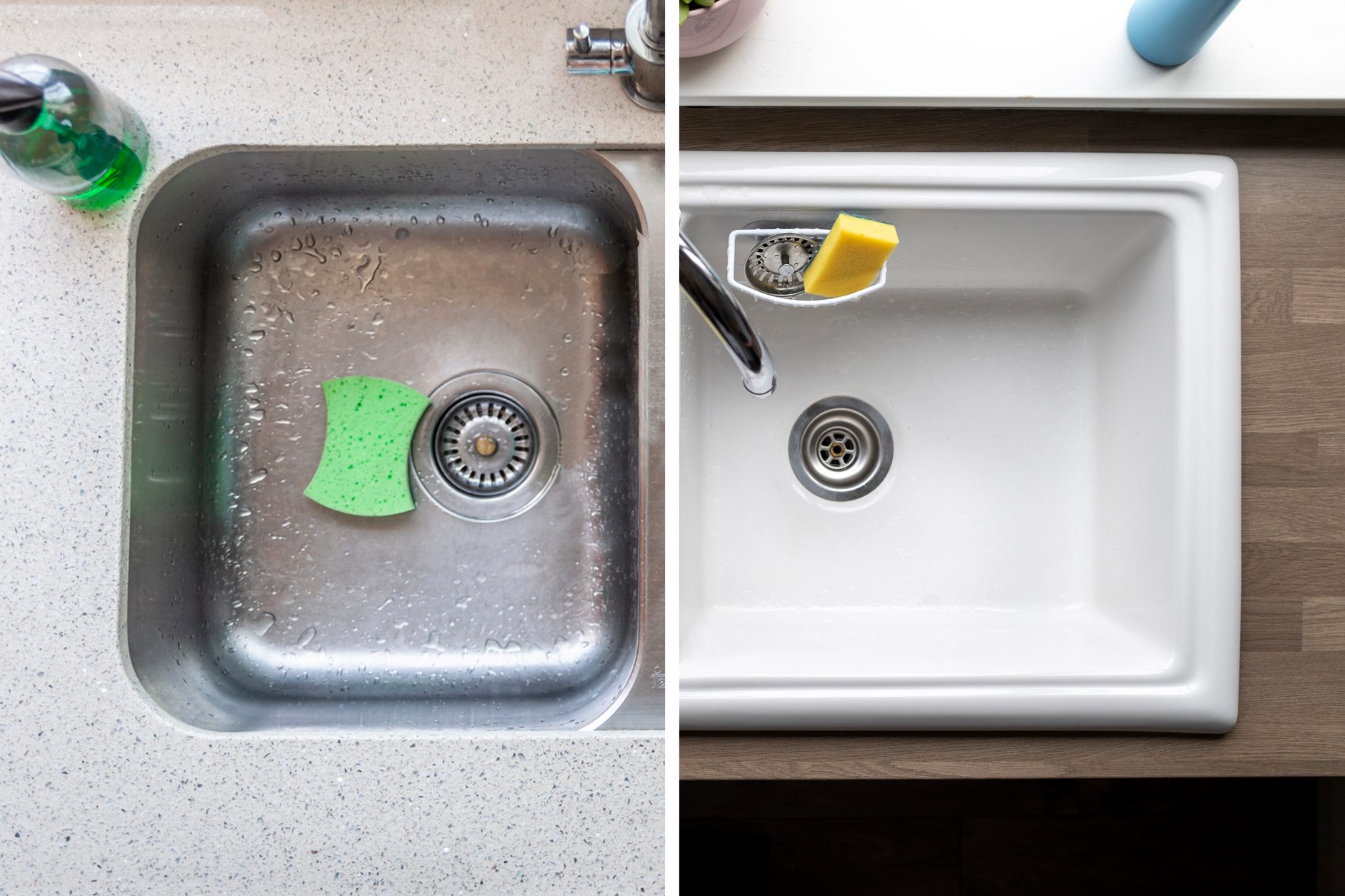
Utility Sink vs Kitchen Sink: Which One is Right for You?
 When it comes to designing your home, every little detail matters. From the paint color on the walls to the type of flooring, each element contributes to the overall aesthetic and functionality of your living space. One important decision to make when designing your house is choosing the right sink for your kitchen and utility room. While both utility sinks and kitchen sinks serve the purpose of providing a space to wash and clean, they have different features and uses that make them suitable for different areas of your home.
Utility sinks
are typically found in laundry rooms, basements, and garages. They are larger and deeper than kitchen sinks, making them perfect for tasks that require more space and heavy-duty cleaning. Utility sinks are also equipped with a sturdy faucet and a drain that can handle larger items, such as muddy boots or gardening tools. This type of sink is ideal for households with pets or children, as it can easily accommodate bathing and cleaning messy items.
On the other hand,
kitchen sinks
are more commonly found in the kitchen, as the name suggests. They are usually shallower and come in a variety of sizes and styles to fit different kitchen layouts. Kitchen sinks are designed for daily use, such as washing dishes, prepping food, and filling up pots and pans. They also come with a variety of faucet options, including pull-down sprayers, making it easier to clean hard-to-reach areas.
So, which one is right for you?
It ultimately depends on your household's needs and the layout of your home. If you have a large family or frequently engage in messy outdoor activities, a utility sink may be a better option. However, if you enjoy cooking and spend a lot of time in the kitchen, a kitchen sink is a more practical choice.
It's also important to consider the
aesthetics
of your home when choosing a sink. Utility sinks may not be as visually appealing as kitchen sinks, so it's best to keep them in a separate area of your home where they won't be on display. Kitchen sinks, on the other hand, come in a variety of materials, such as stainless steel, porcelain, and granite, allowing you to choose one that complements your kitchen's design.
In conclusion, both utility sinks and kitchen sinks serve different purposes and have their own unique features. When designing your home, it's essential to consider your household's needs, the layout of your home, and the overall aesthetic you want to achieve. By choosing the right sink for each area of your home, you can ensure functionality, practicality, and a cohesive design.
When it comes to designing your home, every little detail matters. From the paint color on the walls to the type of flooring, each element contributes to the overall aesthetic and functionality of your living space. One important decision to make when designing your house is choosing the right sink for your kitchen and utility room. While both utility sinks and kitchen sinks serve the purpose of providing a space to wash and clean, they have different features and uses that make them suitable for different areas of your home.
Utility sinks
are typically found in laundry rooms, basements, and garages. They are larger and deeper than kitchen sinks, making them perfect for tasks that require more space and heavy-duty cleaning. Utility sinks are also equipped with a sturdy faucet and a drain that can handle larger items, such as muddy boots or gardening tools. This type of sink is ideal for households with pets or children, as it can easily accommodate bathing and cleaning messy items.
On the other hand,
kitchen sinks
are more commonly found in the kitchen, as the name suggests. They are usually shallower and come in a variety of sizes and styles to fit different kitchen layouts. Kitchen sinks are designed for daily use, such as washing dishes, prepping food, and filling up pots and pans. They also come with a variety of faucet options, including pull-down sprayers, making it easier to clean hard-to-reach areas.
So, which one is right for you?
It ultimately depends on your household's needs and the layout of your home. If you have a large family or frequently engage in messy outdoor activities, a utility sink may be a better option. However, if you enjoy cooking and spend a lot of time in the kitchen, a kitchen sink is a more practical choice.
It's also important to consider the
aesthetics
of your home when choosing a sink. Utility sinks may not be as visually appealing as kitchen sinks, so it's best to keep them in a separate area of your home where they won't be on display. Kitchen sinks, on the other hand, come in a variety of materials, such as stainless steel, porcelain, and granite, allowing you to choose one that complements your kitchen's design.
In conclusion, both utility sinks and kitchen sinks serve different purposes and have their own unique features. When designing your home, it's essential to consider your household's needs, the layout of your home, and the overall aesthetic you want to achieve. By choosing the right sink for each area of your home, you can ensure functionality, practicality, and a cohesive design.



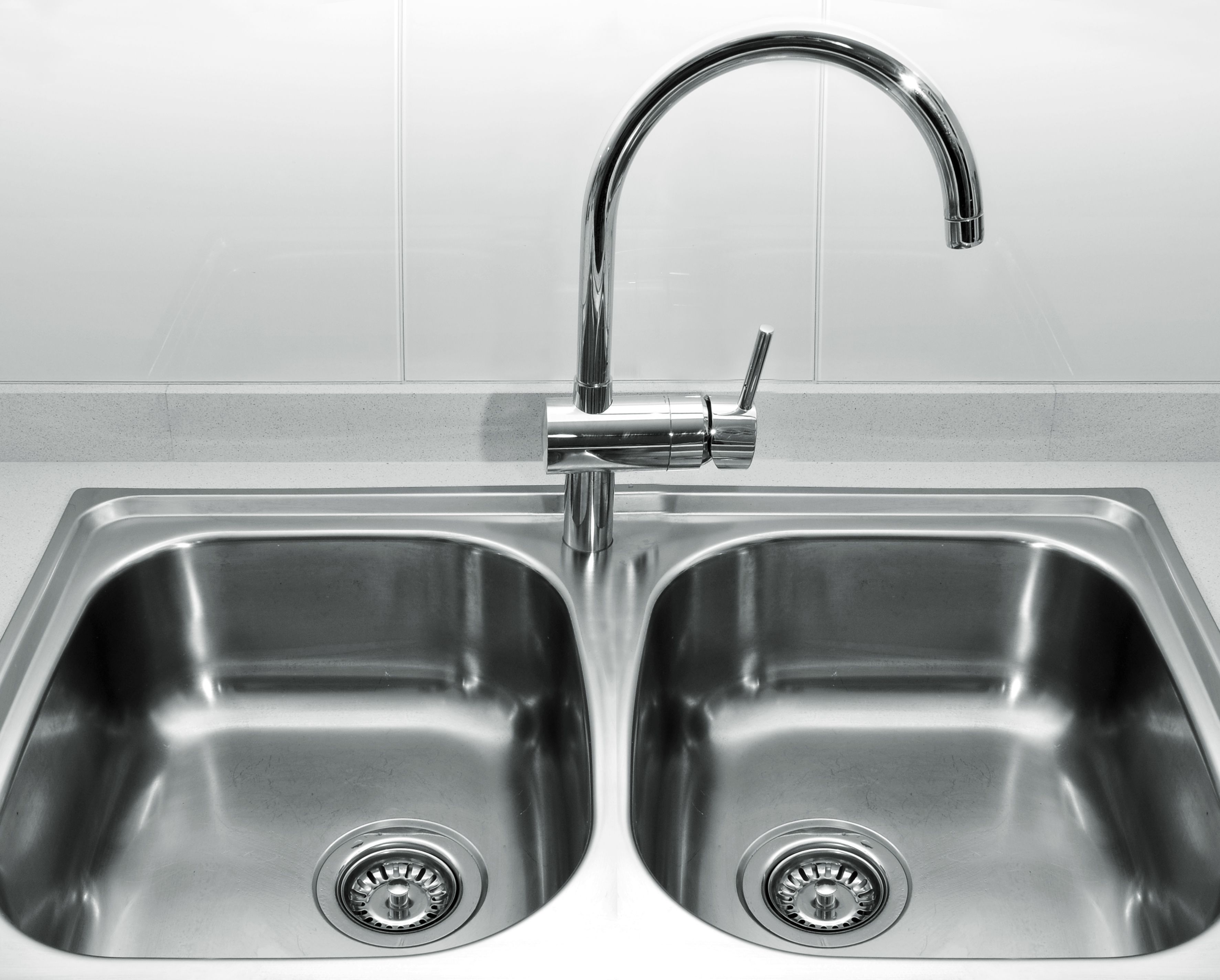



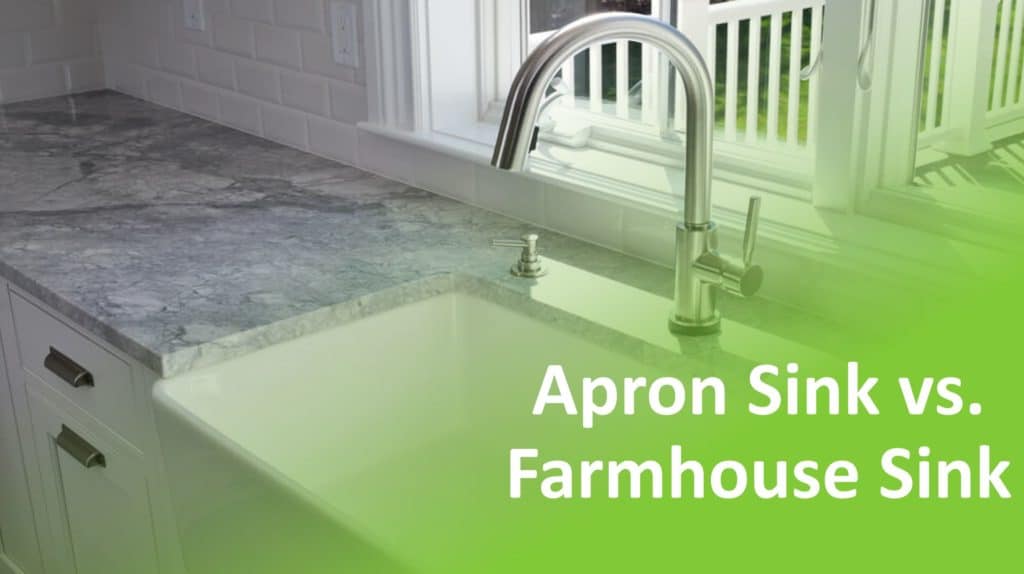
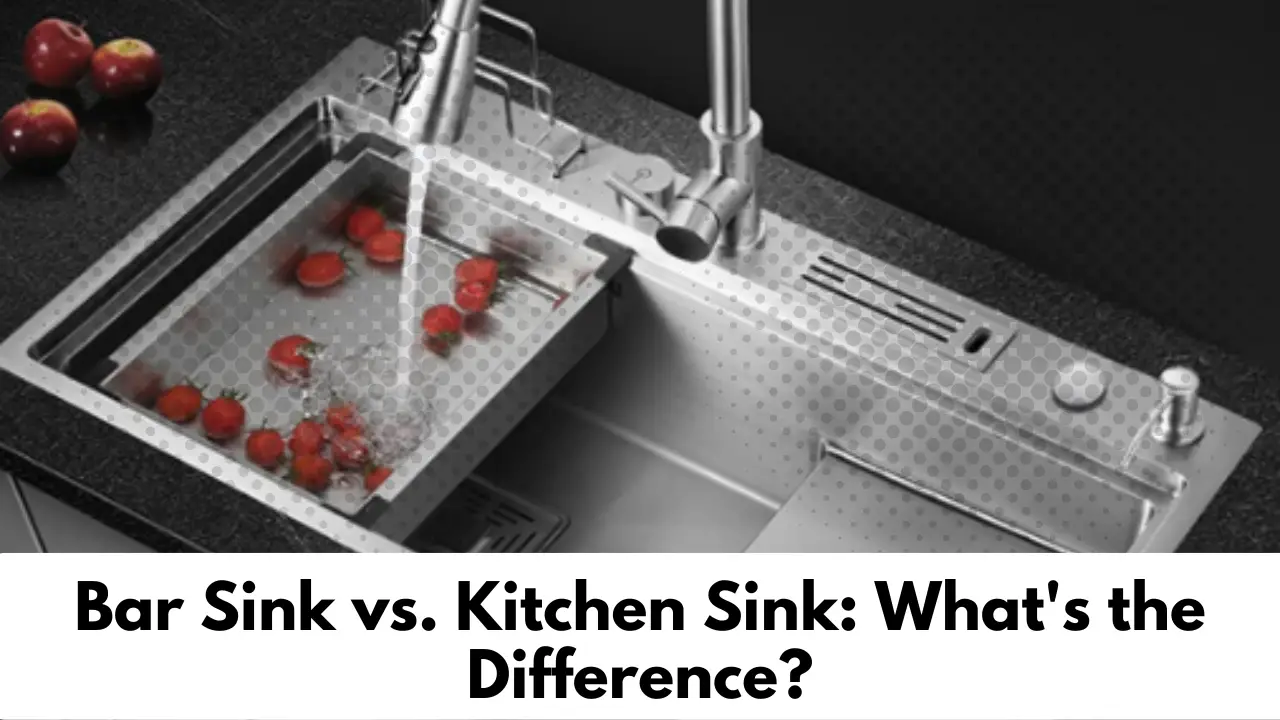

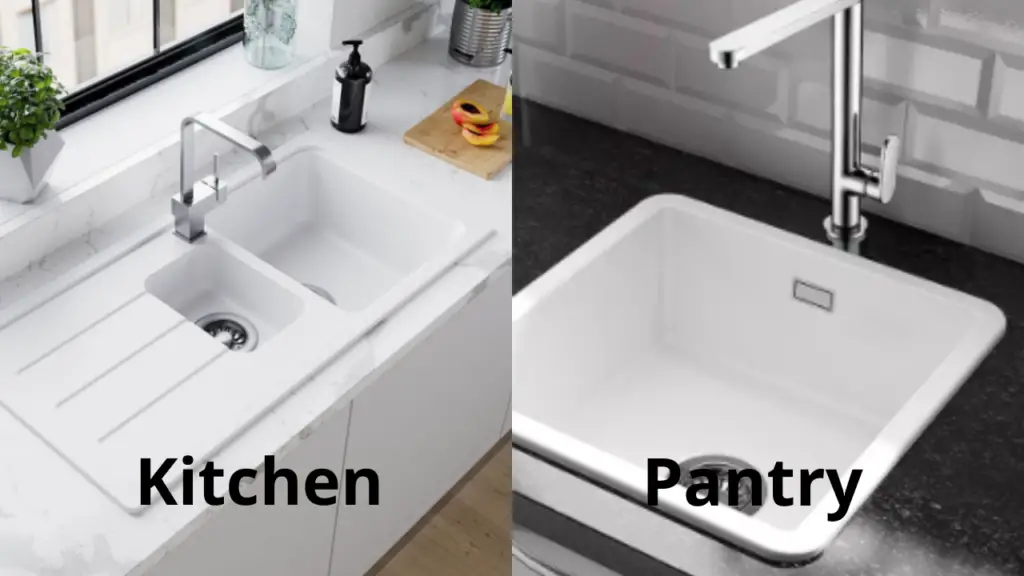







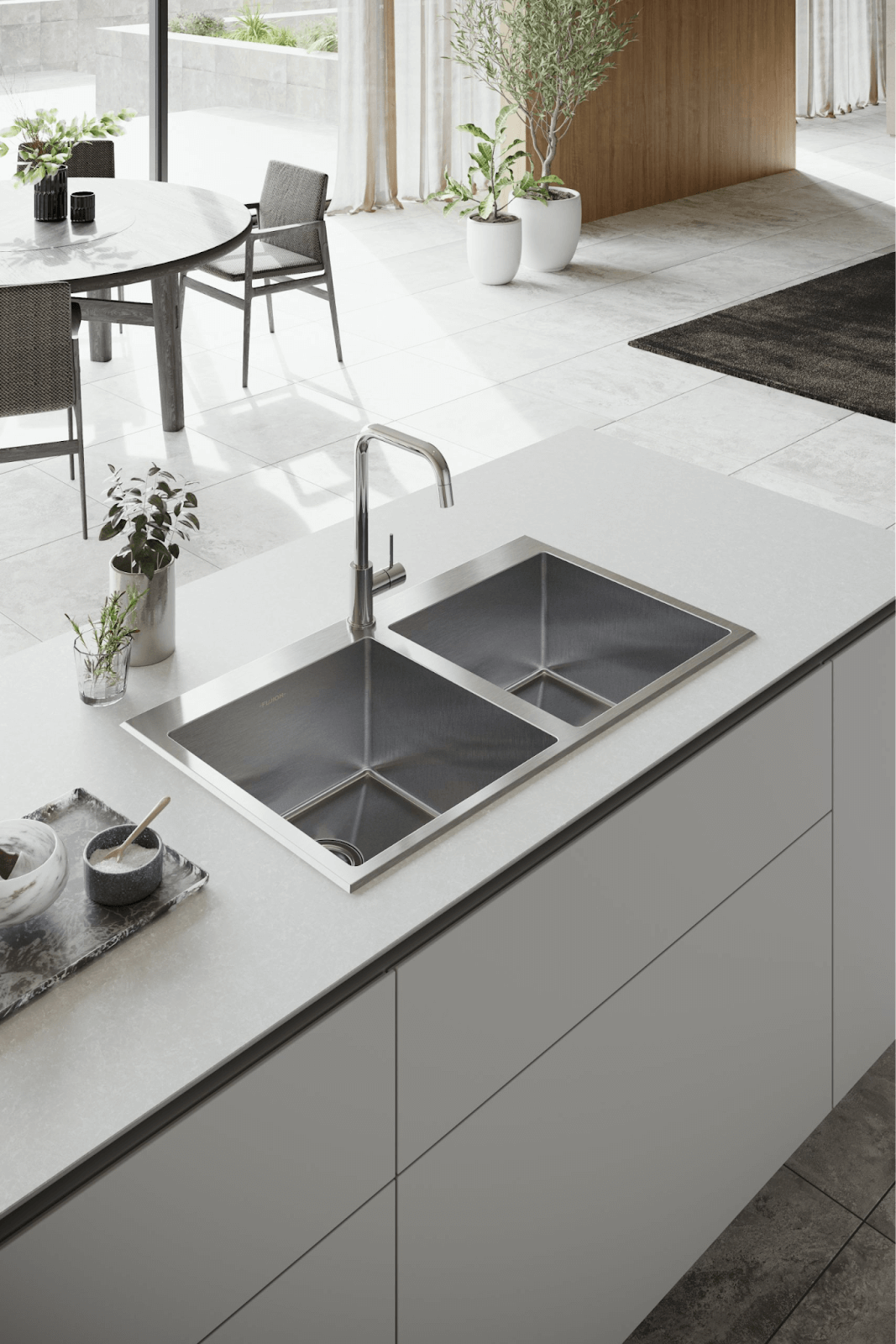


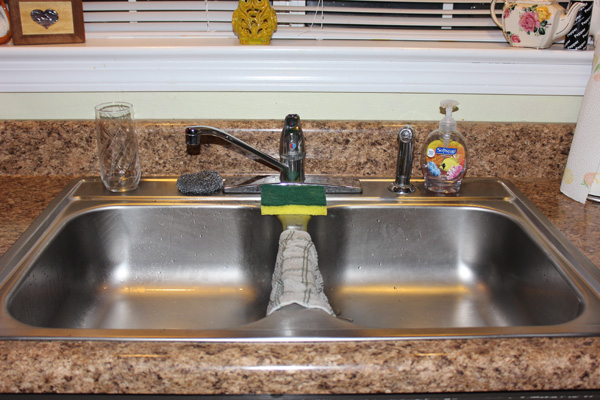

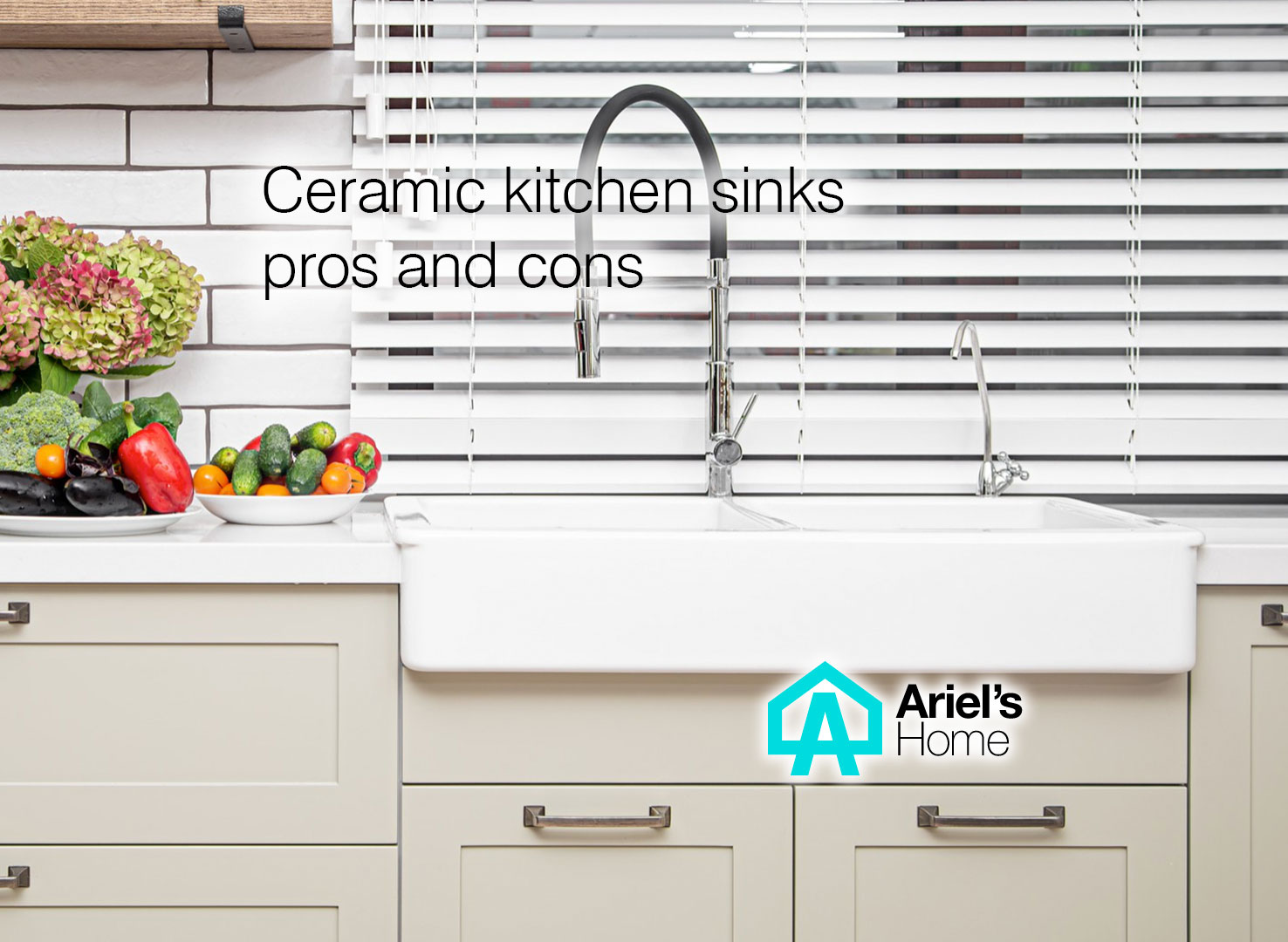
:max_bytes(150000):strip_icc()/GettyImages-174841379-5a85d100ba61770036d9f06c.jpg)
:max_bytes(150000):strip_icc()/basic-kitchen-sink-types-1821207-hero-54418ed30f9540a9aa6148a1394f33a6.jpg)


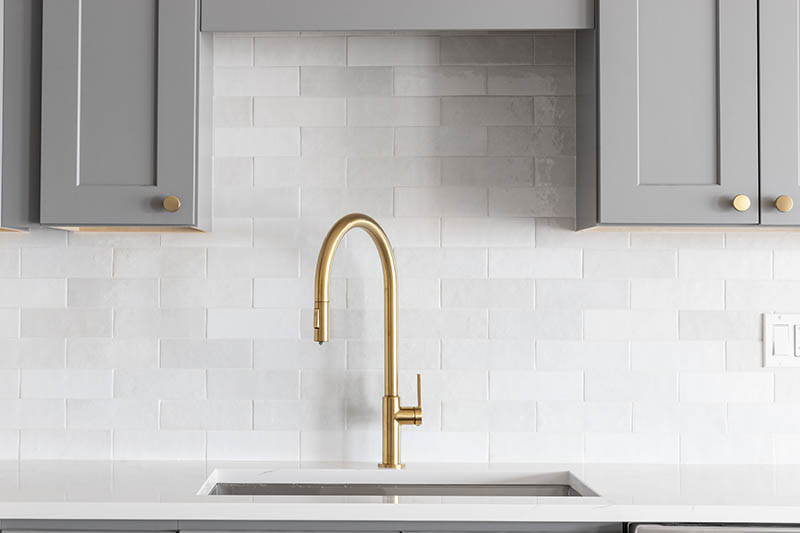




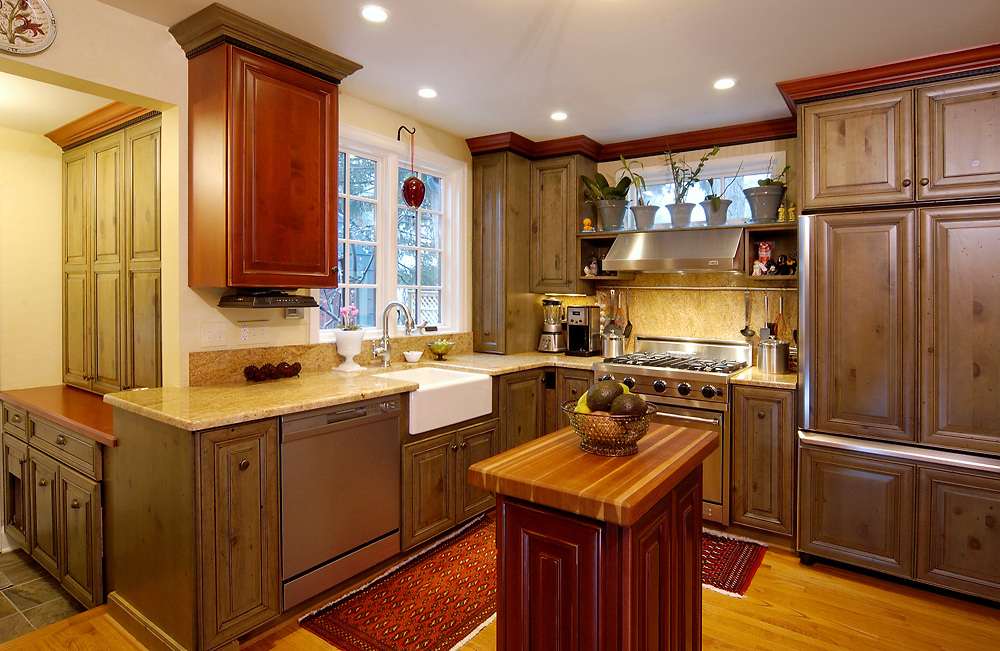


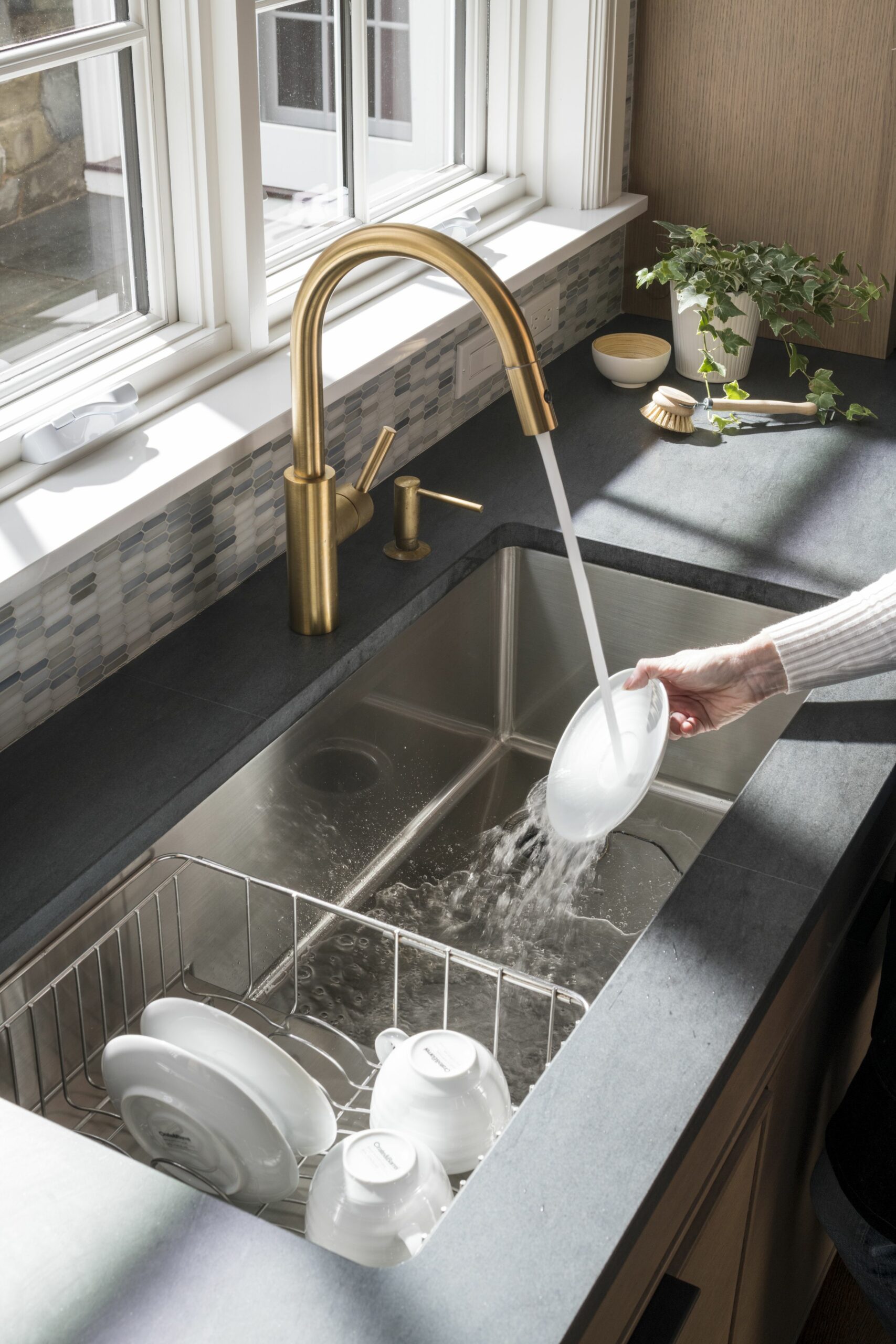



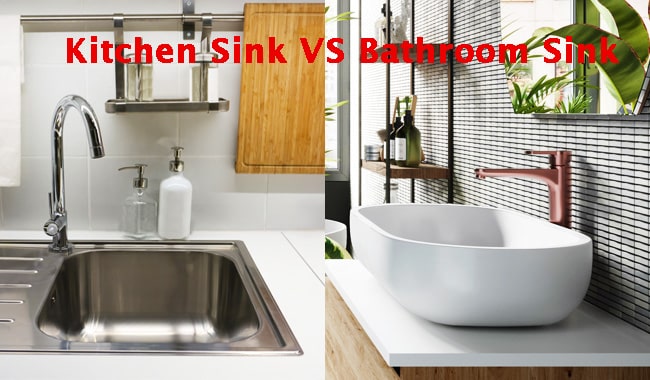
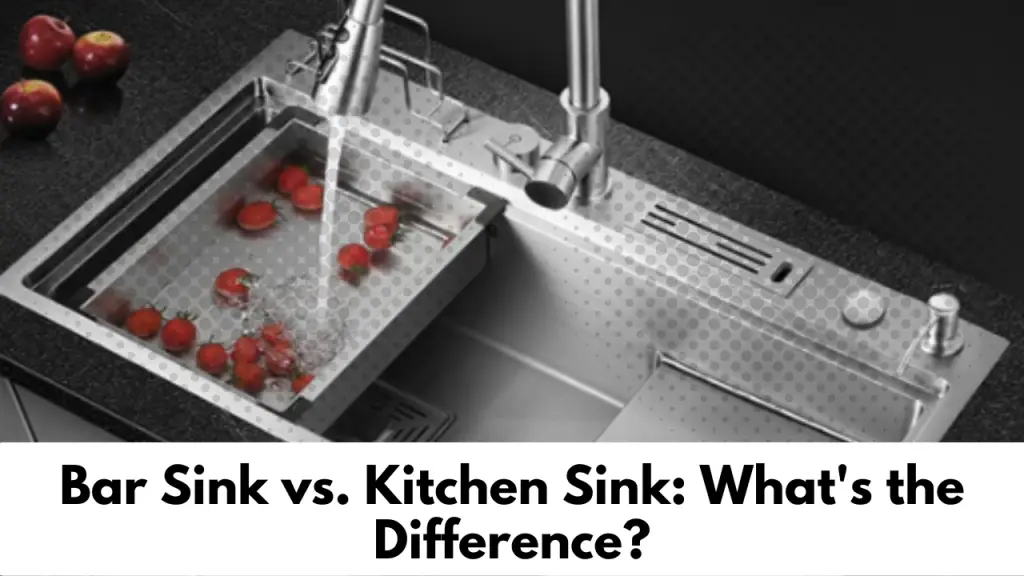


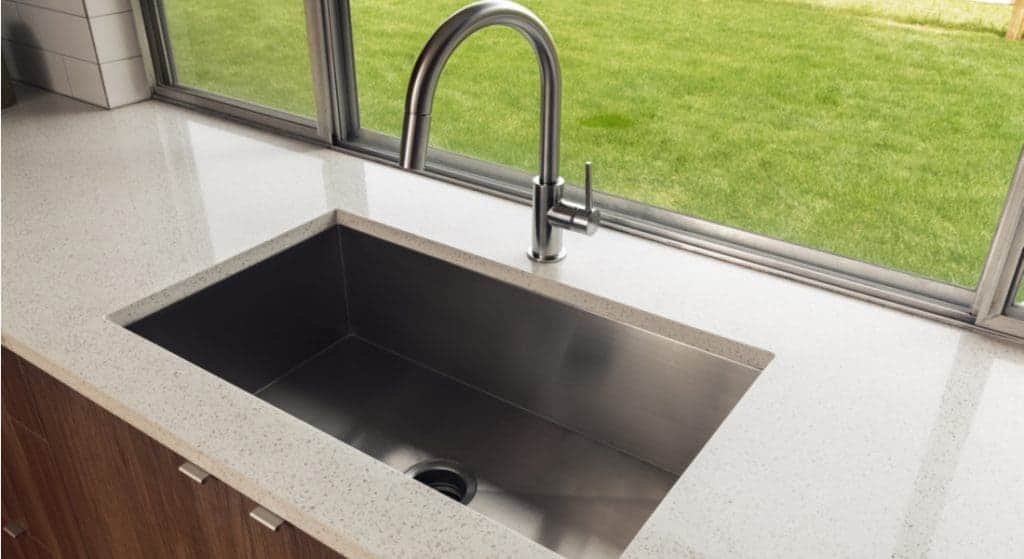
:max_bytes(150000):strip_icc()/Basic-kitchen-sink-types-1821207_color_rev-0b539306b9ef4236a136624ad2a89a4c.jpg)




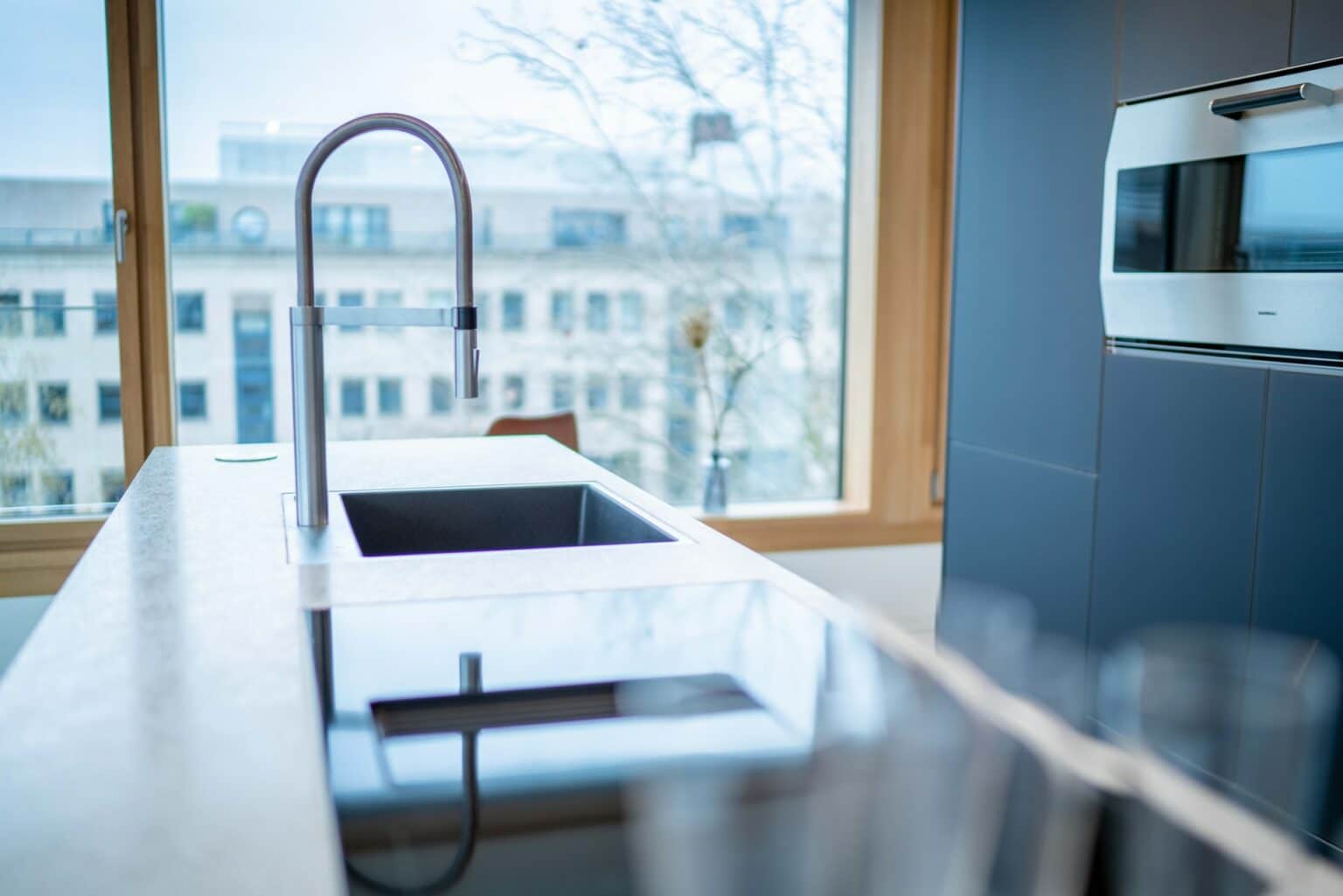

:no_upscale()/cdn.vox-cdn.com/uploads/chorus_asset/file/19495086/drain_0.jpg)






